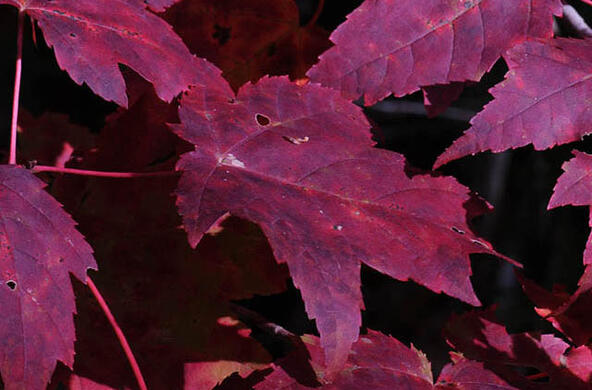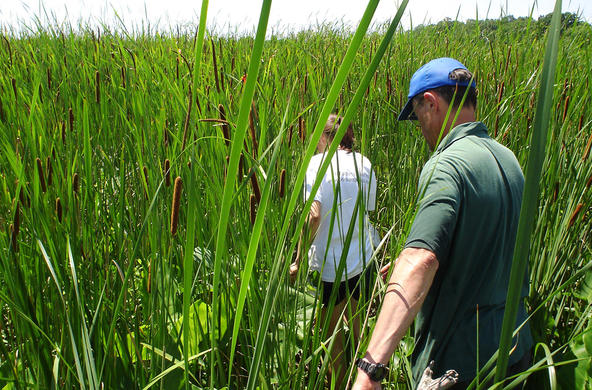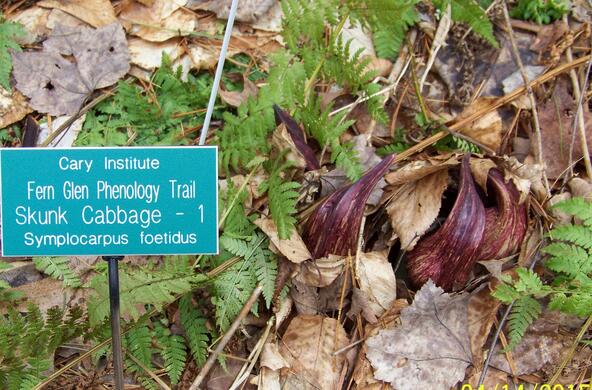Objectives
Students will know how their schoolyard is used by different people throughout the day, and will be able to create a map showing these patterns.
Overview
Rating:
Record which areas of schoolyard are utilized by students in a given day. Analyze whole class data. Make a map that illustrates their daily path.
Materials
For each student:
- Log sheet
- Map of schoolyard
- Student tally sheet
- Class recording sheet
- Pencils
Procedure
- First thing in the morning, tell students they will be keeping track of their movement within the school building and on the schoolyard. They will be using a log to help them draw their path on a map of the schoolyard. Show them the given example. Give each student a copy of the log sheet. Tell them you will be stopping them 6 times (grades 3-6) today to record where they went in the school building and in the yard. It may be helpful for students to share what they have written after each log entry to provide peer support to other classmates.
- At the end of the day or the following day provide students with a copy of a map of the school yard with the land cover areas indicated. To begin ask them to place an “X” where they entered the school grounds if they walked onto the schoolyard or to place an “X” where they exited the vehicle that brought them to school. Ask students to trace their path to the classroom. Next, invite students to read their first log entry and trace their path to that location on the map. If students seem to understand the process ask them to finish independently. If students seem unclear about the task, stop after each log entry and invite students to share their maps.
- After students have finished this mapping exercise, distribute individual tally sheets. Invite them to place a tally mark under a land cover area each time their path crosses it. For example, if their path crosses grass to reach blacktop, they need to place a tally under grass and a tally under blacktop. If they then walk over grass to get to the playground, place another tally under grass and one under playground.
- Invite students to share their data as a class. Record student data on the class data recording sheet. You may wish to copy this onto chart or butcher paper to create a model large enough to be viewed by the entire class.
- Discuss results. Which area was utilized the most? Least? Review percolation and worm data. What do you notice? Are you surprised by any of the data? Explain.
Resources
Lesson Files
pdf
Student Log Example
pdf
Student Log Blank







































































